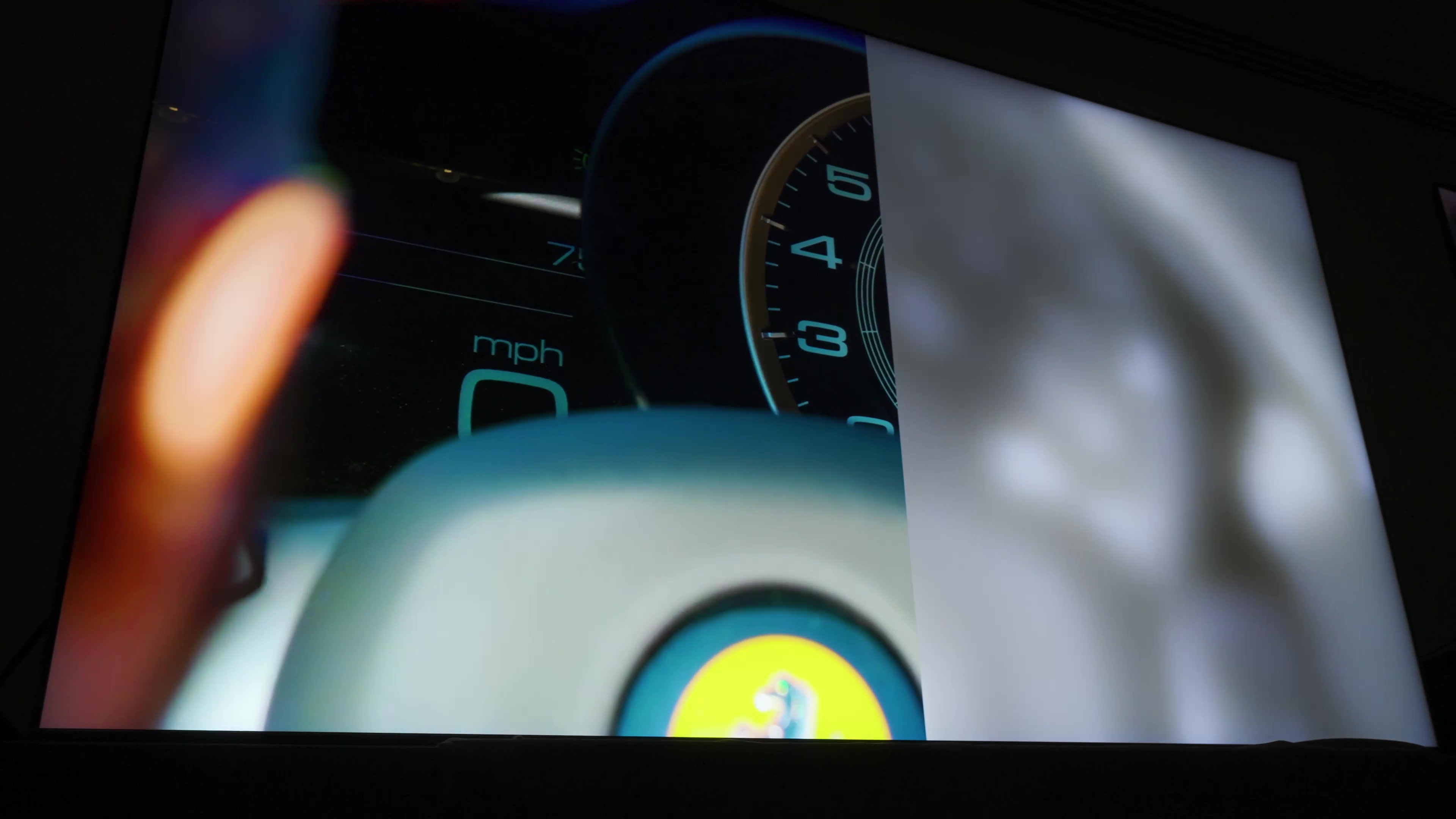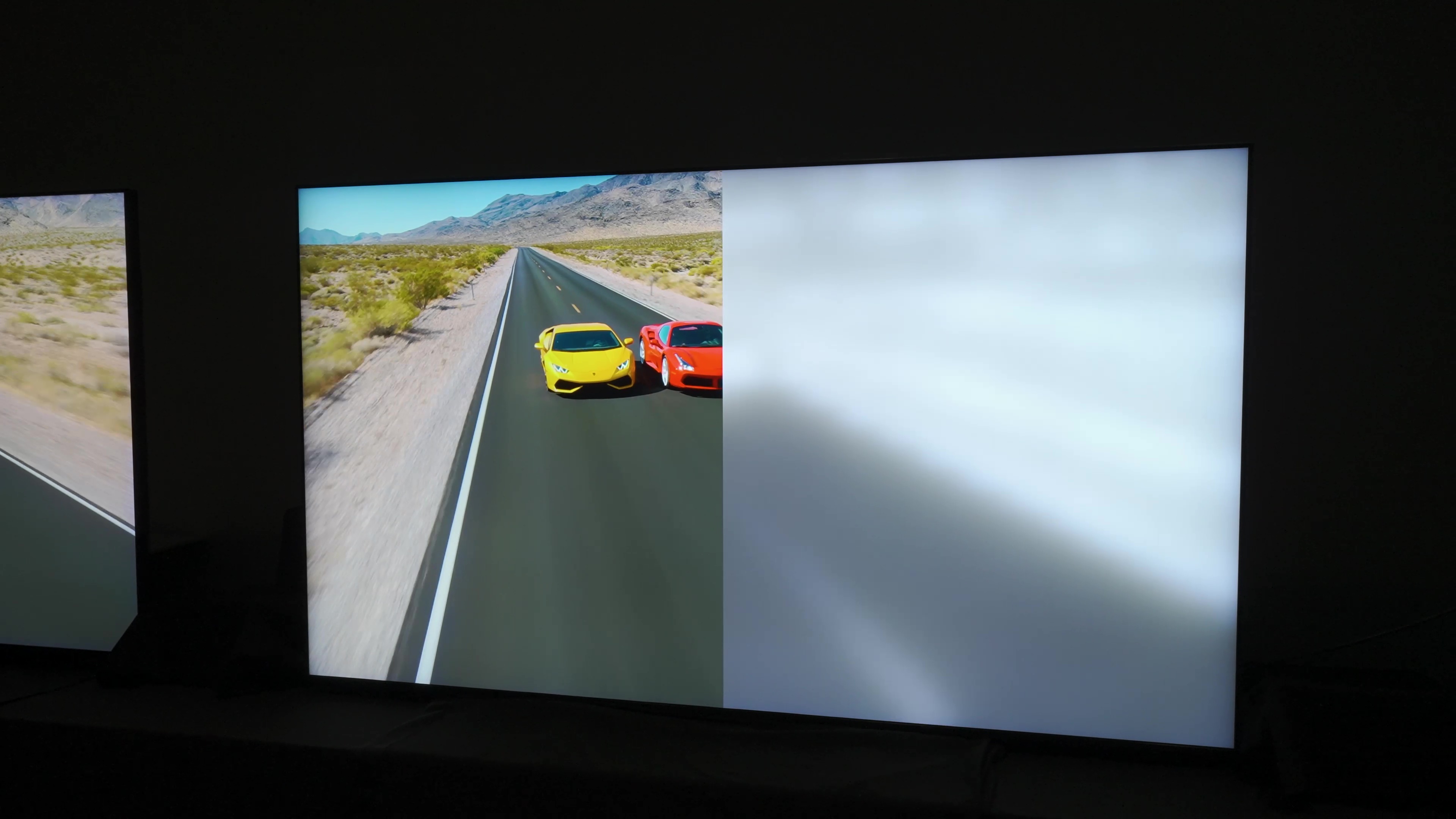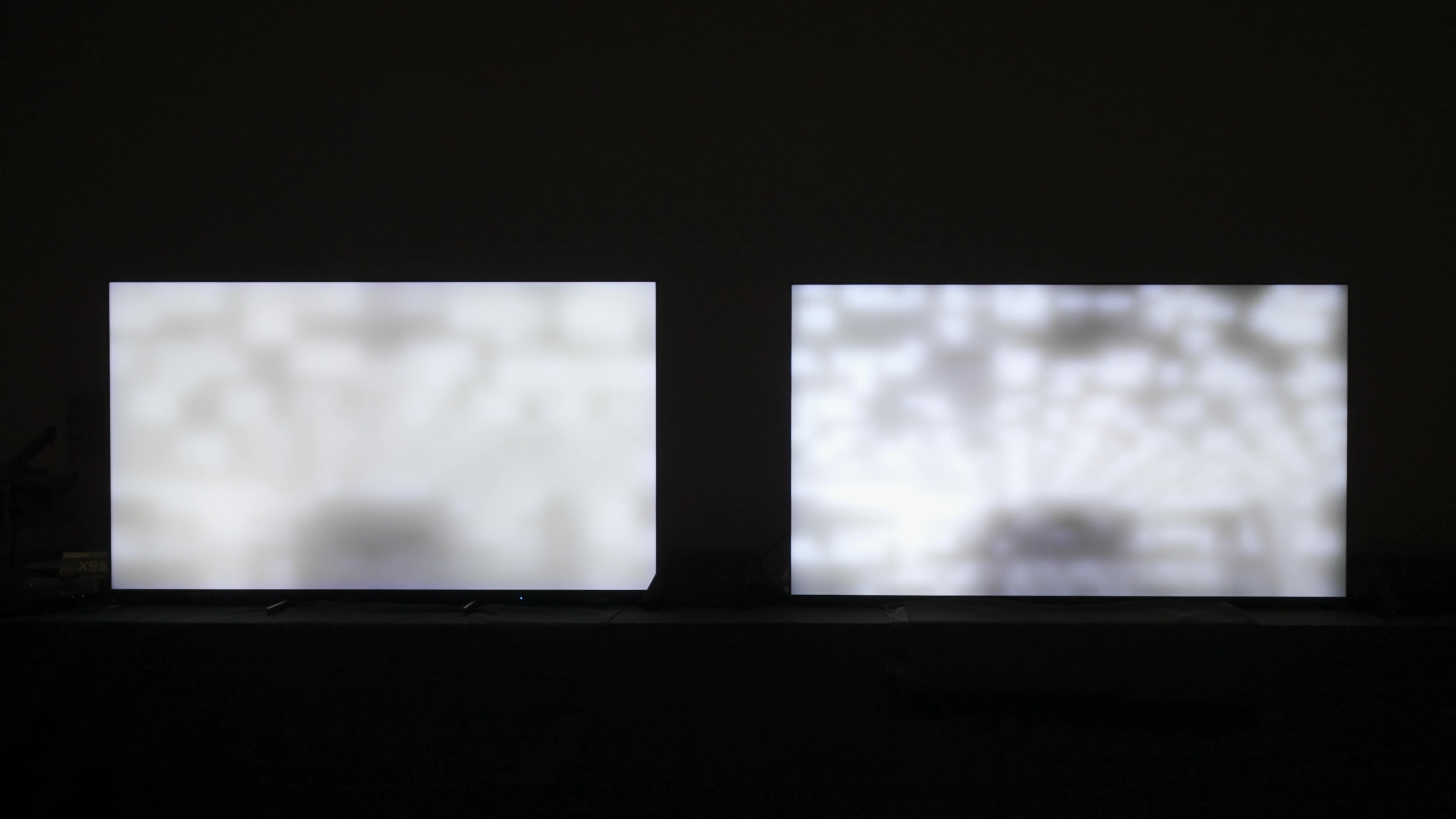

Anybody who has adopted our TV critiques over time has heard me repeatedly say what Sony has at all times instructed anybody who asks for specs and particulars on its backlight methods: It’s not the variety of zones or the variety of LEDs you could have within the backlight setup — it’s how you utilize them.
Upon listening to this, I’ve at all times instructed Sony, “OK, I’ll settle for that. However will you please dish on how you utilize them that’s completely different?” And, after all, Sony wouldn’t say. That’s till Sony hosted me at a small press journey in Tokyo in November 2023, which laid the groundwork for what you’re studying right here.
As irritating because it has been to listen to that sidestepping type of non-answer reply, Sony, for probably the most half, has achieved a reasonably nice job of attaining high-performance outcomes with seemingly much less dense backlight methods with fewer dimming zones. There have been a few exceptions — I wasn’t an enormous fan of the X90K TV, for example. However for probably the most half, Sony has achieved a lot extra with a lot lower than its rivals.
Sony has achieved a reasonably nice job of attaining high-performance outcomes with seemingly much less dense backlight methods.
I don’t suppose Sony will begin taking part in the specs shootout sport that TCL and Hisense prefer to play. And proceed to play — see Hisense’s teaser of a 110-inch, 10,000-nit TV forward of CES 2024. Sony isn’t prone to begin disclosing what number of mini-LEDs and what number of dimming zones are at work in its TVs. And undoubtedly don’t search for it to take action at CES 2024 in Las Vegas as a result of, for the second 12 months in a row, there gained’t be any new Sony TVs introduced on the present.
However Sony is exhibiting us how its backlight tech works for the primary time. No extra “nicely, it’s a bit eye of newt and a bit toe of frog, and BAM, that’s our secret sauce.”
For the demo you see represented within the photos under (and the one above), Sony actually peeled again layers so we may see for ourselves. This isn’t a simulation. What you see on the suitable aspect of this prototype display screen is a illustration of what the backlight is doing. What you’re seeing is the precise backlight in motion. Sony dissected and peeled again display screen layers so we may watch what it does, whereas additionally seeing how efficiency has been improved over the already nice X95L TV.
What you see depicted is a results of Sony taking the entire thought of a backlight system again to the drafting board. Sony instructed me it has developed a brand new built-in circuit driver so tiny that it may be housed inside smaller clusters of mini-LED backlights.
Consider it this manner: Sony’s Cognitive XR processor — the one TV specialists rave about — is tasked with taking a video sign, breaking it up right into a bunch of various components, after which sending directions on what to do to the LED part of the panel and the LCD part of the panel.
For the backlight system, these directions are only a bunch of information. For the directions to be carried out, that knowledge needs to be changed into an analog electrical sign that will get routed to the suitable LEDs or mini-LEDs. The execution of the processor’s directions is carried out by a Driver IC (built-in circuit). Properly, truly many, many, many driver ICs.
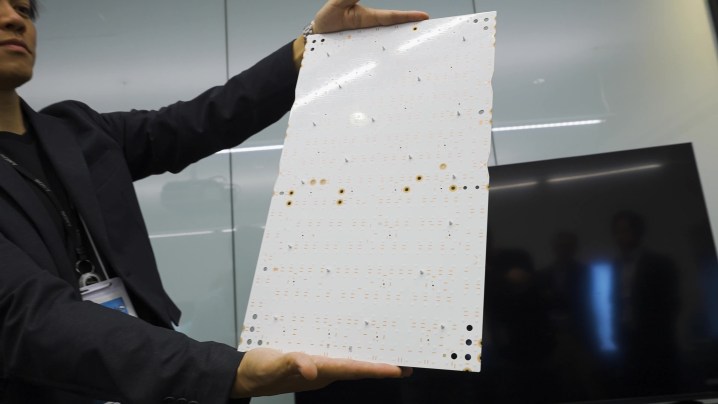
Sony says it has made a driver IC so small that it might immediately improve the variety of zones in its TVs with out giving up on positive management. And it’s in that positive management that we uncover the subsequent large distinction that’s at all times been at play in Sony’s TVs.
What makes Sony’s new backlight system work so exactly is the variety of dimming ranges it might assign its backlights. Some TVs flip the backlights on or off — that’s it. Technically, that’s nonetheless native dimming, nevertheless it doesn’t match the generally understood sense of the phrase dimming, proper? At house, in case your lights are dimmable, which means they aren’t simply on or off. As a substitute, you possibly can set them at completely different brightness ranges between on and off. Say, 10%, or 20%, or 60%, and so forth.
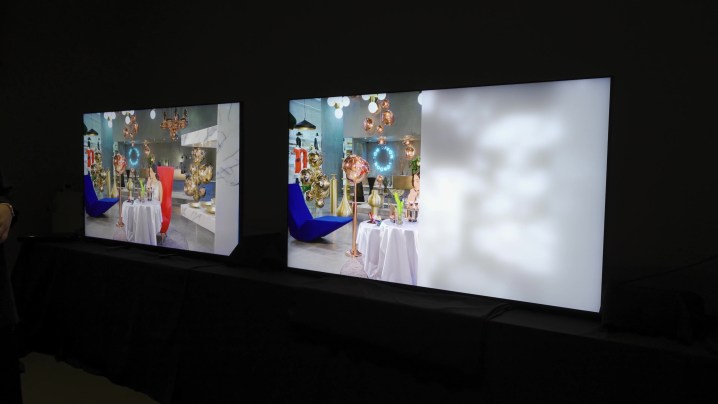
Sony exerts extra ranges of brightness gradation in its LED backlights than most of its rivals, and the brand new driver tech it has developed permits it to proceed doing so, however on a a lot bigger scale. That’s what makes it attainable so that you can see what’s occurring within the photos, though what we’re seeing right here is black-and-white or grayscale and never at pixel-level particulars. Not fairly pixel-level, however man, it seems to be shut.
As a bonus, Sony’s new backlight tech consumes much less energy, which implies it ought to skate by EU energy laws whereas nonetheless attaining superior brightness.
Mini-LED goes to tread nicely into OLED efficiency territory.
And blooming? I don’t suppose it’s going to be a part of the dialog for much longer — not less than not in Sony’s most premium TV tier. That doesn’t imply that Sony’s mini-LED TVs will steamroll OLED TVs – there are nonetheless inherent points with LCD screens that may’t be overcome. However mini-LED goes to tread nicely into OLED efficiency territory. And it ought to nonetheless be cheaper to supply than OLED and can probably make a extra smart buy for shoppers such as you and me.
Relating to peak brightness and nits — Sony isn’t speaking about what we are able to count on its new flagship mini-LED TV to place out. However I’ll level to the truth that Sony simply developed a 4,000-nit skilled mastering monitor — a device Hollywood simply hasn’t had earlier than — and Sony is all about with the ability to replicate as intently as it might in its shopper TVs what its skilled mastering displays can do. So that ought to inform us one thing.
Now, to be clear, I’m type of taking Sony at its phrase relating to the how and the why behind its backlight tech. Generally, technical explanations are cleverly veiled advertising phrases to make issues sound good on paper. What actually issues is how issues look in the actual world. And based mostly on what I noticed from this prototype and the way significantly better it was than Sony’s X95L flagship from 2023, I feel that is legit.

I really feel fairly assured that not less than a few of Sony’s 2024 mini-LED TVs will likely be extraordinarily spectacular. They’re every part we now have cherished about Sony TV efficiency, simply higher than earlier than.
And never a second too quickly as a result of I do know what Samsung, TCL, and Hisense are popping out with this 12 months. I do suppose Sony goes to have the ability to hold with real-world content material. However so far as the specs wars are involved? Hisense and TCL will submit up some specs numbers that may blow your thoughts. And for individuals who choose TVs based mostly on the specs printed on paper? Properly, it looks as if Sony should lean on its fame fairly arduous. Happily, that rep is fairly sturdy proper now. So it may work out.
We’ll see the way it performs out. However I, for one, am fairly thrilled that Sony has began pulling again the veil, and I used to be honored to be a part of the small crew of parents who acquired to see it.
In order that’s mini-LED, and we are able to count on that the usual LED-backlit TVs will enhance in lockstep with the mini-LED TVs – they at all times have.
So, then, what about OLED?
Sony 2024 OLED TVs
Sony didn’t say a lot about its OLED TV plans throughout our go to — not less than, nothing associated to the OLED panel expertise. However I’ll put together you now for the concept Sony could not have a successor to the A95L — which is the perfect TV I’ve ever reviewed — in 2024. I don’t suppose that Sony would be capable to do something meaningfully completely different in a brand new 2024 mannequin, so the A95L could stick round into 2025.
I do suppose there will likely be new OLED TVs. And I feel the mid-tier OLEDs are going to get some fairly fancy new options. Truly, all of Sony’s TVs will. However you’re most likely going to have to attend till Could of this 12 months to seek out out extra.
Editors’ Suggestions
Supply Hyperlink : senfride.com

